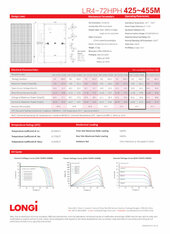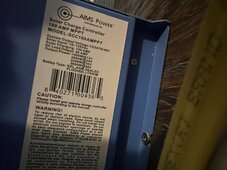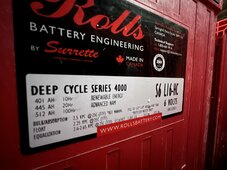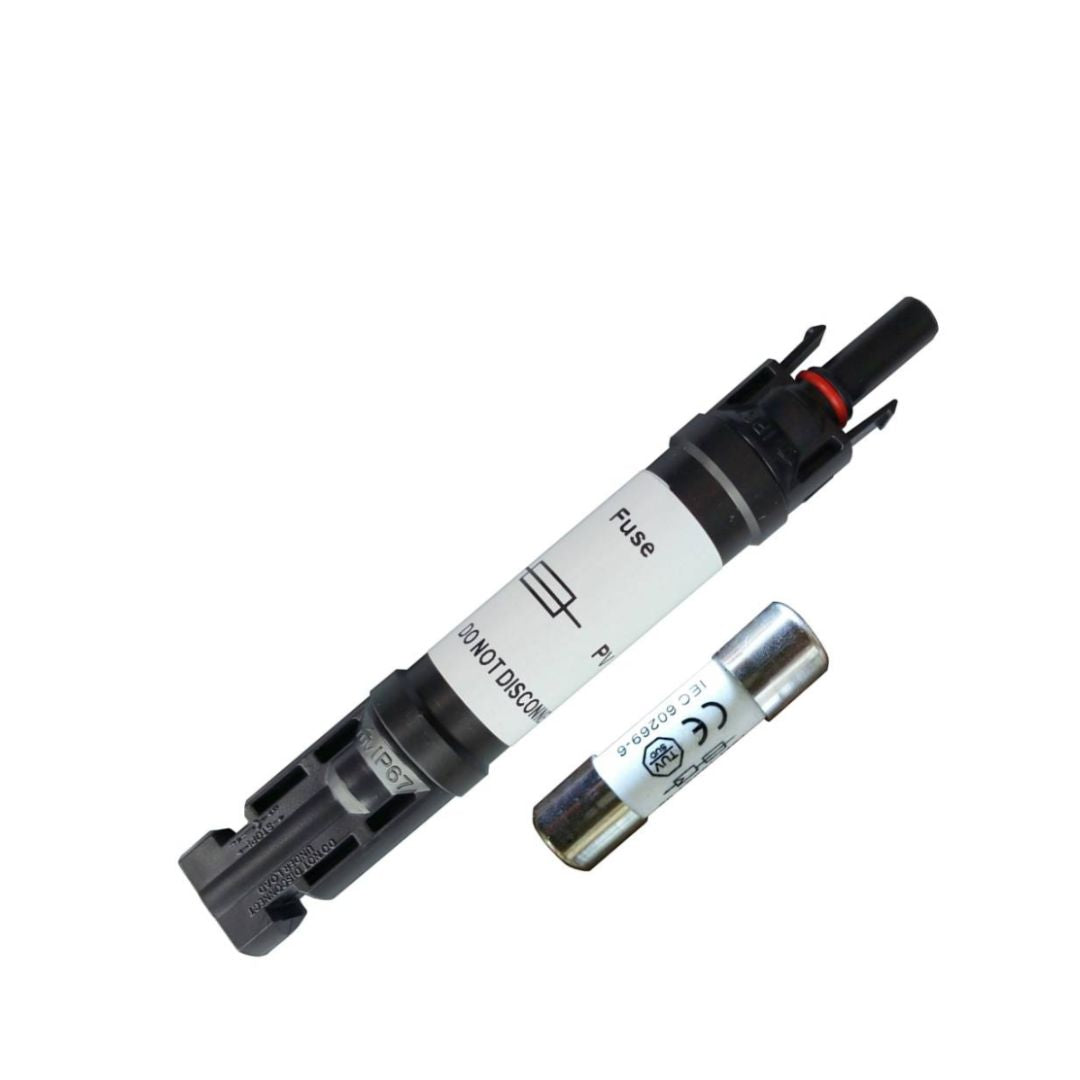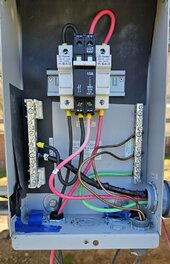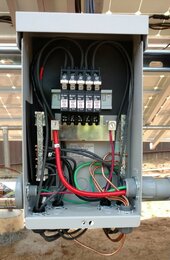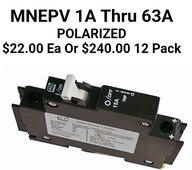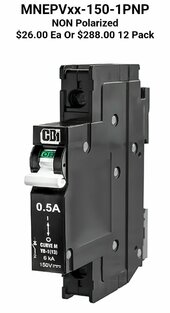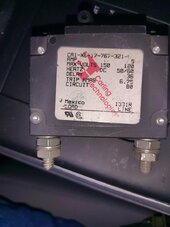Hi, we recently realized our combiner box is not correct and we need an upgrade but before I buy a new one I want to make sure what I am getting is correct this time. Thank you in advance for your help.
Equipment I have:
- 16 - 450W panels wired in strings of 2 then parallel in two separate groups of 8 panels total. Would that be two sets of 2s4p?
- panels connect to 2 MPPT controllers (each group of 8 panels connects to a controller). Controller specs are 155Vdc and 100 amps each.
- Panel specs - 49.3 Voc/V and 11.60 Isc/A
- 48V system
- Temperatures here can range from -30 C in winter to + 40 C in summer
My questions are:
- My understanding is when you combine 3 or more strings, each string must have its own fuse or circuit breaker and then the combined output will also need a larger circuit breaker. Since we have 4 strings in each set of 8 panels, there would be 2 sets of 4 fuses or breakers, with each set then combined into one large breaker?
- Each string fuse/breaker would be 11.60 Isc x 1.5 = 17.4 amps bumped up to 20A (which matches the panel "fuse series rating" of 20A). Each set of four 20A breakers would then be combined into one larger output breaker of 80A. Is this correct?
- Is it better to use fuses or breakers for each string, or doesn't matter?
- I read in another post that the fuse/breaker size is for the wire size not the load, so not sure if my calculations above are correct or if I need to go off the wire size instead?
- I am having difficulty finding a combiner box that fits the amps and breaker sizes I need. I found this one on Watts247 (https://watts247.com/product/solar-panel-combiner-box-4-circuits-to-2/) but the fuse size is 15A instead of 20A. Or could get a Midnite MNPV12 Combiner Box and piece it together with the correct breakers and surge protector. Or if anyone can recommend a suitable box that would be greatly appreciated.
Thank you!
Equipment I have:
- 16 - 450W panels wired in strings of 2 then parallel in two separate groups of 8 panels total. Would that be two sets of 2s4p?
- panels connect to 2 MPPT controllers (each group of 8 panels connects to a controller). Controller specs are 155Vdc and 100 amps each.
- Panel specs - 49.3 Voc/V and 11.60 Isc/A
- 48V system
- Temperatures here can range from -30 C in winter to + 40 C in summer
My questions are:
- My understanding is when you combine 3 or more strings, each string must have its own fuse or circuit breaker and then the combined output will also need a larger circuit breaker. Since we have 4 strings in each set of 8 panels, there would be 2 sets of 4 fuses or breakers, with each set then combined into one large breaker?
- Each string fuse/breaker would be 11.60 Isc x 1.5 = 17.4 amps bumped up to 20A (which matches the panel "fuse series rating" of 20A). Each set of four 20A breakers would then be combined into one larger output breaker of 80A. Is this correct?
- Is it better to use fuses or breakers for each string, or doesn't matter?
- I read in another post that the fuse/breaker size is for the wire size not the load, so not sure if my calculations above are correct or if I need to go off the wire size instead?
- I am having difficulty finding a combiner box that fits the amps and breaker sizes I need. I found this one on Watts247 (https://watts247.com/product/solar-panel-combiner-box-4-circuits-to-2/) but the fuse size is 15A instead of 20A. Or could get a Midnite MNPV12 Combiner Box and piece it together with the correct breakers and surge protector. Or if anyone can recommend a suitable box that would be greatly appreciated.
Thank you!



